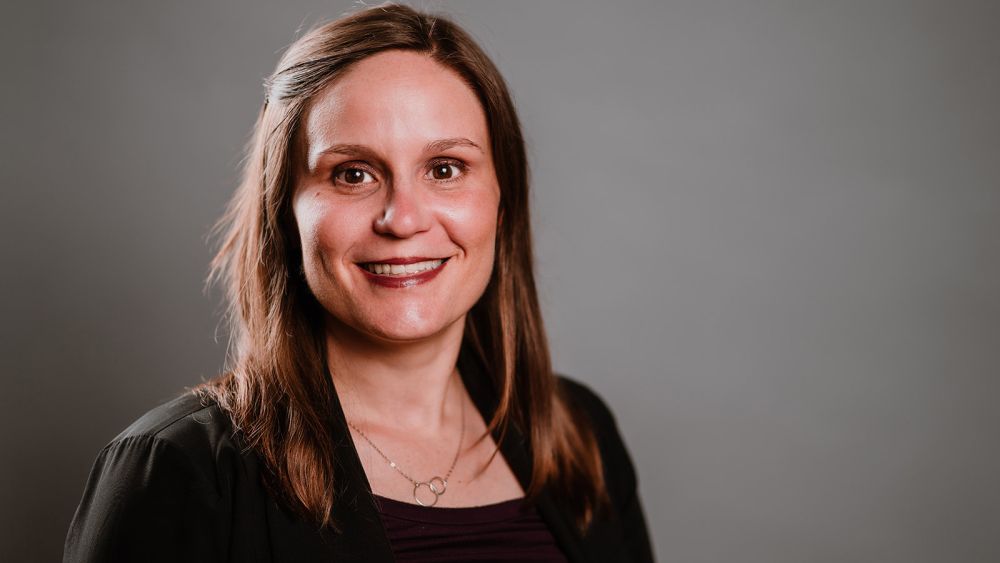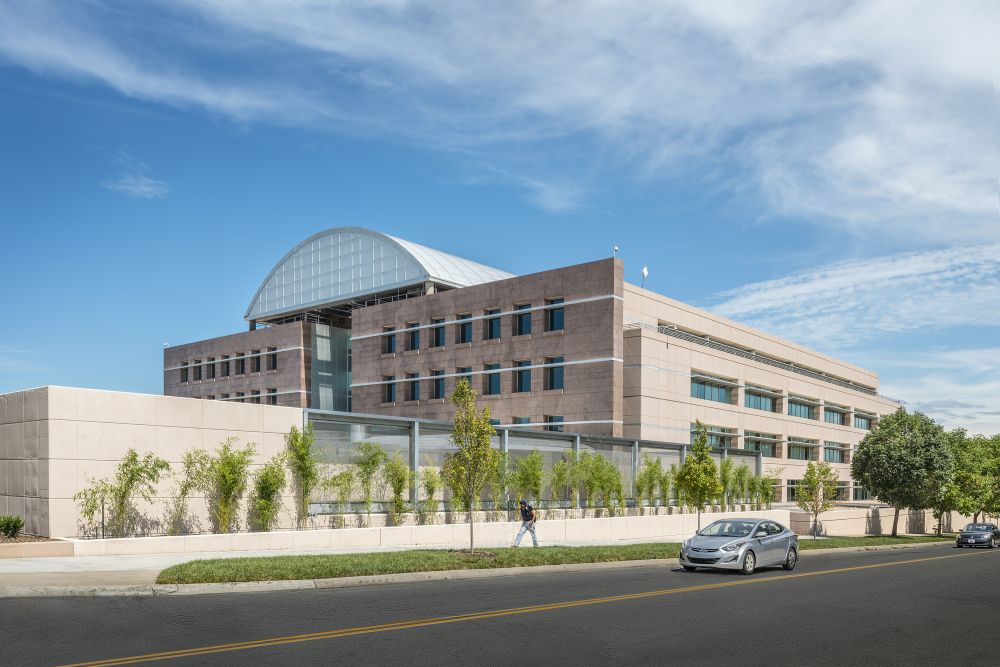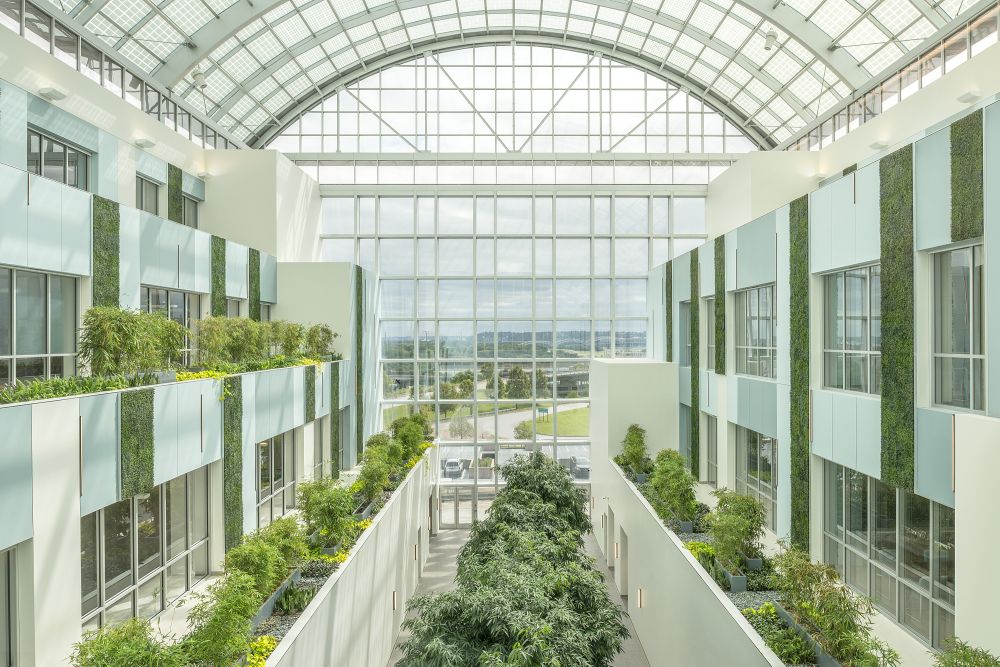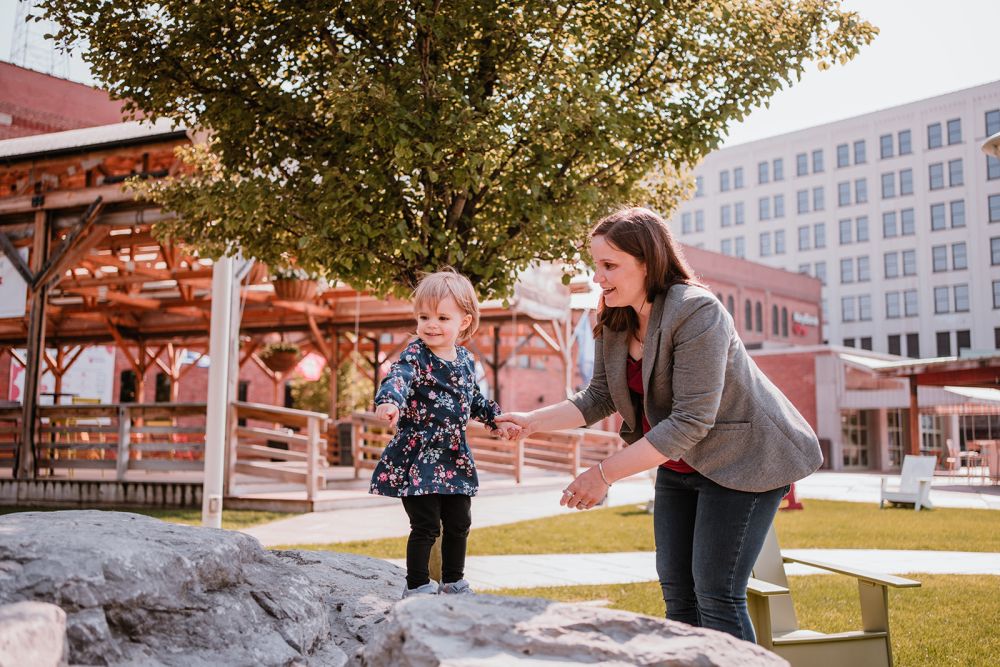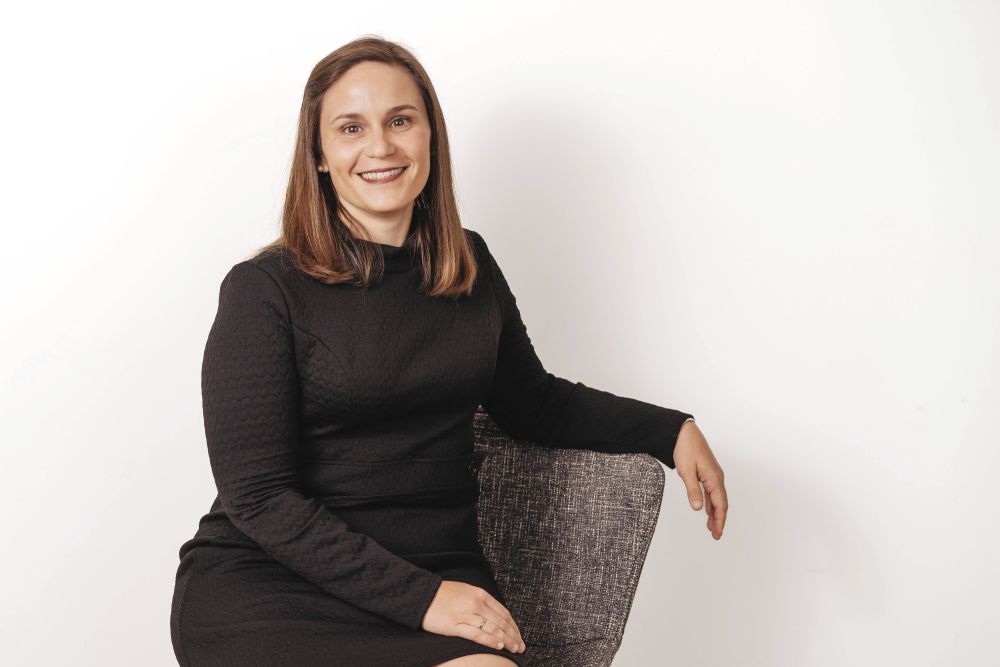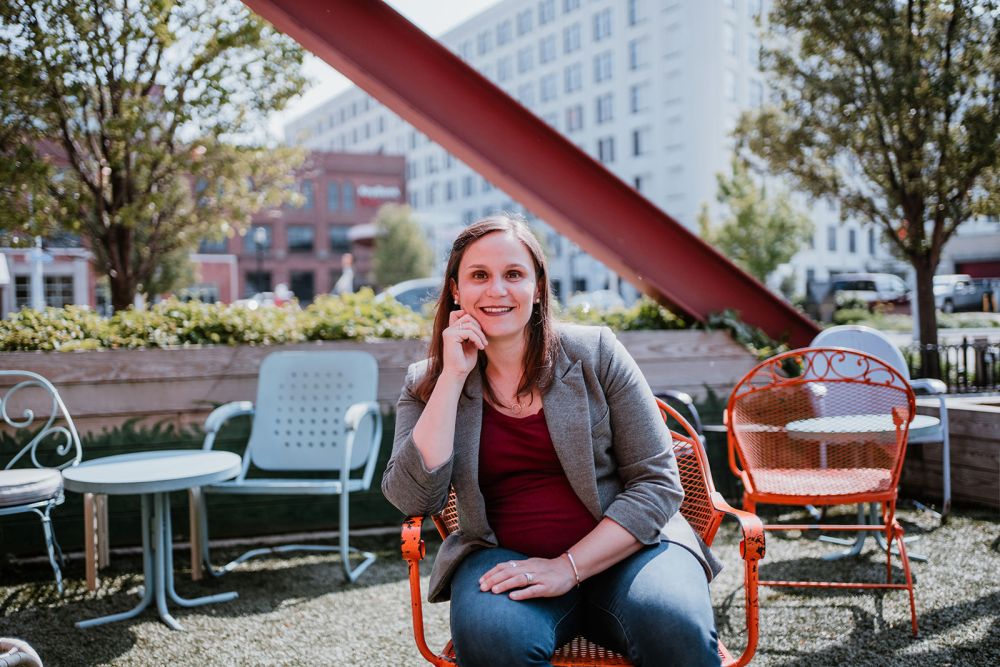Stephanie Vito wants to shift the paradigm of mental health
Erinn Connor
February 6, 2023
Social Sharing
We’ve been talking for about an hour when Stephanie Vito says she has one more thing to add. But only if it seems relevant.
“I did martial arts from elementary school to the end of high school and have a third-degree black belt,” she says, grinning at my astonished reaction. “I don’t talk about it much because it was so long ago. But it was so instrumental in shaping who I am.”
She reiterates that she knows it’s a random bit of history to add, but she still uses the lessons of motivation and goal setting she learned back then. And often when you talk to Stephanie, it’s the things she brings up after a bit of listening and conversation that have the most insight.
As a leader in CannonDesign's Mental and Behavioral Health practice, Stephanie has quietly and quickly become a strong voice in this growing typology.
Throughout the pandemic, we became deeply familiar with our colleagues’ virtual meeting habits and settings. The décor behind them, the guest appearances darting through the background, the active listening faces. If you’re on a call with Stephanie, you’ll immediately become familiar with the pensive expression she wears as the conversation begins to flow around her. She’ll look out the large window next to her desk, out into her Buffalo neighborhood.
A true upstate New York girl who was born in Syracuse and lived in the region most of her life, she knows just the right time to drop in a nugget of wisdom or observation. Recently she’s started sharing her perspective on what direction she thinks mental health design should move towards—being accessible and open to all. More specifically, she understands the importance of community, and how bolstering the inherent infrastructure of a place can improve quality of life and help people put roots down.
One of Stephanie’s signature projects is The University of Kansas Hospital’s Strawberry Hill Behavioral Health Hospital in the heart of Kansas City, KS. The project converted a vacant government office building into a 48-bed inpatient hospital that provides much-needed mental health services to an underserved community. Since it opened in 2019, the facility has provided a significant economic boost to the area with job creation, new retail spaces and more. In a recent feature in the Wall Street Journal, the clinical director of psychology services at Strawberry Hill noted, “It was an area where a lot of things were shuttering up and closing down. Now we’re seeing a bit of a resurgence.”
Stephanie is most proud of what that building does both for its patients and for the community. “The number of jobs it’s created, the connection it has to local businesses, it’s all inspiring. We involved the community from the start and sought a building that would bolster the area. Going forward, it’s a good way to approach a project to set everyone up for success.”
One of Stephanie's favorite things to do off the clock is explore her own community, the city of Buffalo. While the downtown area has also seen a resurgence over the past decade, Stephanie prefers to go off the beaten path. Or pedal down it—by taking her bike sometimes for hours on various bike paths that offer “unlimited possibilities on a Saturday morning.”
Some notable spots she enjoys the most tell a story of the city’s past intertwining with the present. Stopping by the grain elevators that speak of its agricultural past, or areas where swaths of purple flowers are growing up old train cars that were once the transportation arteries of the city, all with sweeping views of the still resurging city full of towering buildings and a growing population.
“Biking provides a different pace and cadence of travel," she says. "You have different access than where you can get to via car to see places you otherwise couldn’t see. It's been exciting to watch the city grow in multiple ways. I’ve been able to explore it over the last decade and it’s been cool to be in the middle of the resurgence and learn about the city’s history and be here while it’s changing.”
Understanding the fabric of a city and how people interact with it has been a lynchpin of Stephanie’s approach to mental health design today, an approach that has evolved with her time at the firm.
There was no light bulb moment or past experience that led Stephanie to design for mental and behavioral health. It was simply the first set of projects she began working on when she arrived at CannonDesign. And her first days intertwined with another life milestone—as we talk about the start of her time with the firm, she turns to her husband Dan off screen and whispers, “What year did we get married?”
Her first day at CannonDesign was shortly after their honeymoon—an adventure in three different cities in Turkey where they explored urban, desert and coastal cities. The couple makes it a point to travel and discover new sights both in the US and abroad.
“When we stay in the states the trips are more outdoors and getting into nature,” she says. They’ve taken trips out to national parks and forests in Montana and Utah, Arizona and Wyoming. “Growing up on the East Coast, those are landscapes I’ve never really seen: incredible mountains with pine trees, deserts—it’s been eye opening, even all the new bugs that come with those trips.”
A Europe trip to England and Portugal was postponed due to the pandemic, but Stephanie hopes they can still make the trip eventually—but with another family member in tow. She and her husband are expecting their second child in August, who daughter Eliza, age 2, is already calling her “baby brother.”
“It will definitely be a different cadence of travel when it does happen,” she says with a laugh.
Travel used to be a core of Stephanie’s work life, too—most of her clients are all across the country, along with her colleagues. It’s starting to pick up again, as the mental and behavioral health practice has never been busier. The pandemic has exacerbated an already existing mental health crisis in this country, and healthcare organizations are starting to expand their resources and facilities. But there’s still a long way to go.
Stephanie’s perspective has been featured in numerous interviews and webinars this past year, as the attention shifts to what we’re missing in a post-pandemic world. One priority for her and fellow colleagues is addressing the mental health crisis among kids, through an initiative called Save the 8s. There are many complex aspects that go into the constantly evolving practice of mental and behavioral health design, and it keeps Stephanie looking out that window and thinking, and remembering things like how her martial arts past got her to her professional present.
“There’s a certain parallel between my professional career and what I experienced as one of few females in martial arts,” she explains. “My initial experience with architecture was that it was also a male-dominated field that takes a lot of hard work and confidence to get your voice heard. Same with martial arts when I was younger. Over the years, I personally have seen the industry and our firm shift, and there are a lot more women in the room and in leadership roles. I’m really proud of all the work I’ve done and excited to be part of this ongoing transformation.”
